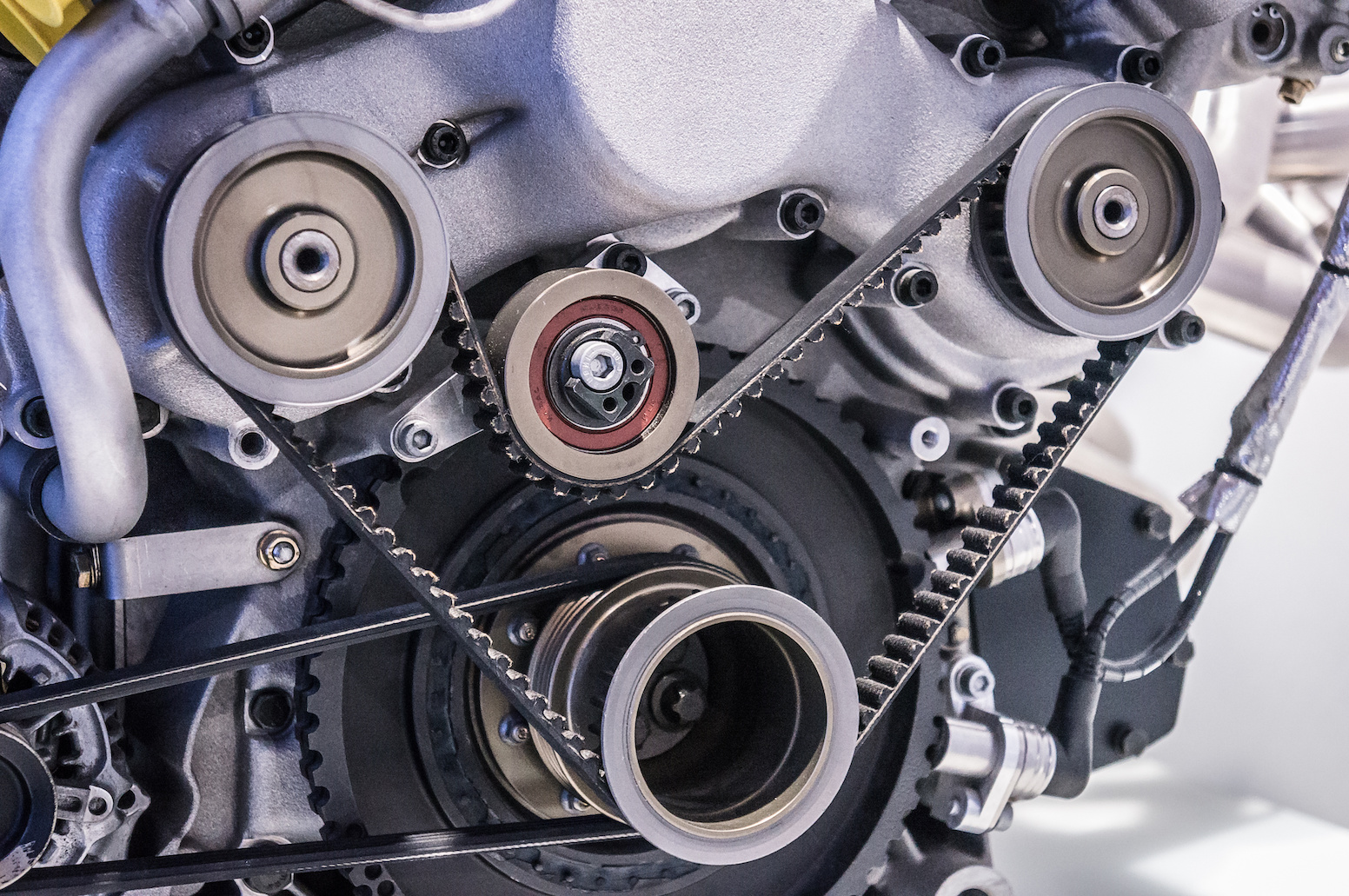

Are you planning a summer road trip and getting your vehicle serviced before hitting the road? If so, make sure to include an inspection of your belt system, including the belt tensioner. Your vehicle’s belts are a critical component in the operation of the vehicle, and if they fail, could put a big dent in your travel plans with an unexpected road trip to the service station.
In this month’s blog post, we briefly look at your vehicle’s belt system, and a specific problem that could occur with the belt tensioner.
What do the belts do?
Like other obscure parts in a vehicle’s engine, drivers may be aware of belts, but many times do not know what function they serve. It’s helpful to understand what belts are for and why they should be included in your vehicle’s routine maintenance plan.
Primarily, your vehicle has two types of belts:
- Serpentine Belt – this is a long, reinforced rubber belt that snakes through the outside of the engine. If you look under the hood, you should be able to see some of the serpentine belt, and certainly hear it when the engine is running. The serpentine belt powers important vehicle components and accessories such as the AC compressor, the water pump, your power steering, and the alternator. Because the serpentine belt is singular, if it fails it will impact the operation of any of the components it powers.
- Drive or Timing Belt: The drive or timing belt is another belt that creates the motion to your valves and pistons to make the internal combustion process work. This solid rubber belt is connected to the crankshaft and helps to open and close the valves and pistons in a synchronized manner.
In some vehicles, the serpentine and drive belts may be one and the same. In others, you may have more than one belt. In older vehicles, you may have heard of another belt called the v-belt. The v-belt is a different way to power the components and accessories by using smaller belts for each function. The v-belt was useful when auto mechanics had to replace a bad belt because one belt failure did not impact the entire vehicle operation.
Belts have a decent lifespan, but that does not mean that they are immune to problems. For starters, belts are under a lot of stress with constant motion, friction, and heat. Also, because they are made from rubber, they can crack, stretch, or tear from temperature extremes.
What is the role of the belt tensioner?
The belt tensioner is a component of your vehicle’s belt system, comprised of four parts including the base, spring, pulley, and tensioner arm. Belt tensioners are critical in keeping your drive or serpentine belts tight so that they are not too loose to slip off or reduce their ability to power their components. There are manual belt tensioners, which require human manipulation to set the desired tension, and then there are the automatic ones, which use springs and pulleys to continuously adjust the tension.
What are the symptoms of a failing tensioner?
Since the tensioner plays such a critical role for the belt, any problems that arise can impact the performance of your belts. Tensioners may get worn or faulty from poor installation or maintenance. While many of the symptoms of a failing tensioner resemble other vehicle issues, it is helpful to know what to look or listen for when they begin to fail.
- When parts that are powered by the belts begin to fail (especially when you have more than one at the same time), this may indicate an issue with your belt tensioner.
- Noises can be heard under the hood when the tensioner is failing. You may hear the noises when the engine is started, or you are accelerating, which may be a squeaking or clicking sound.
- Belt tensioner issues can also add more wear to your belts, and you may notice the edges are frayed or damaged. This could be a symptom of a problem with the tensioner.
Belt tensioner problems do not always prevent your vehicle from operating. However, the longer you ignore potential issues, the faster they may develop into full-blown issues with the belts breaking, or the supported components failing. If you suspect a problem with your belt system, have it checked by a service professional as soon as possible.
If you are prepping for that summer haul, give the service professionals a call at Car Kings to schedule a full maintenance inspection. We can include an inspection of your belt system and make sure that your vehicle is in top driving condition before getting on the open road.
